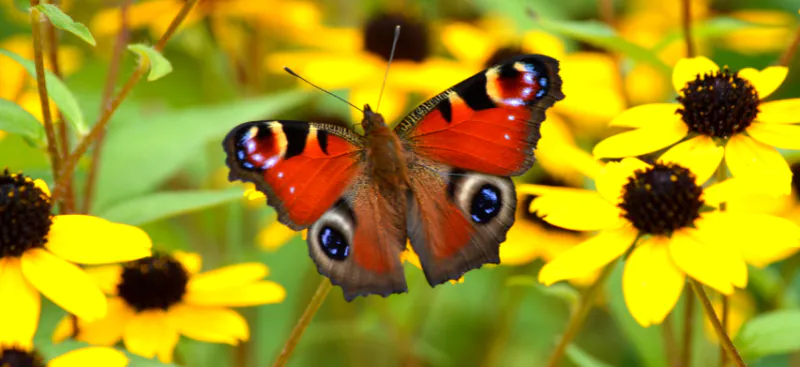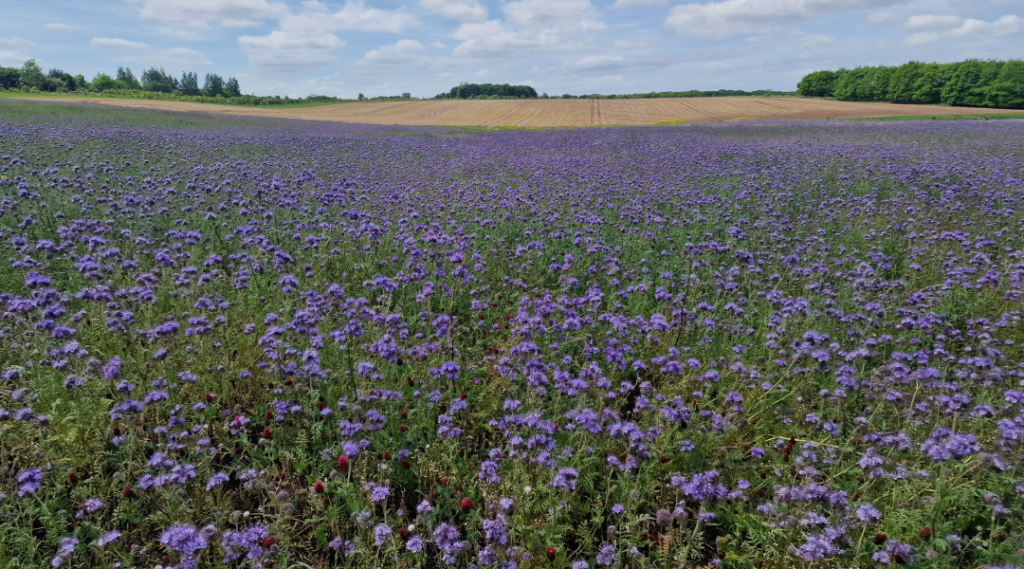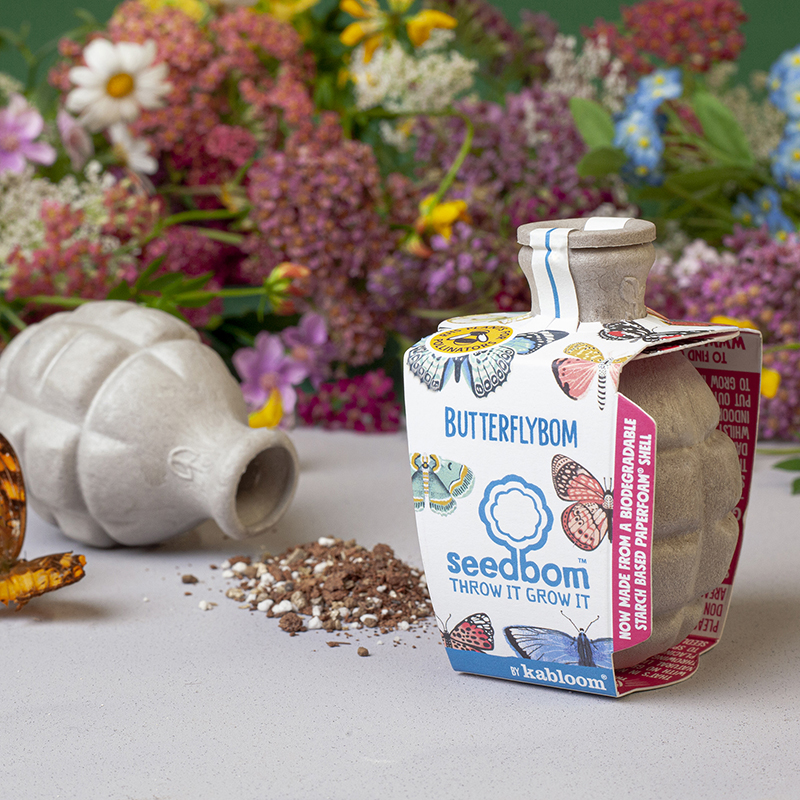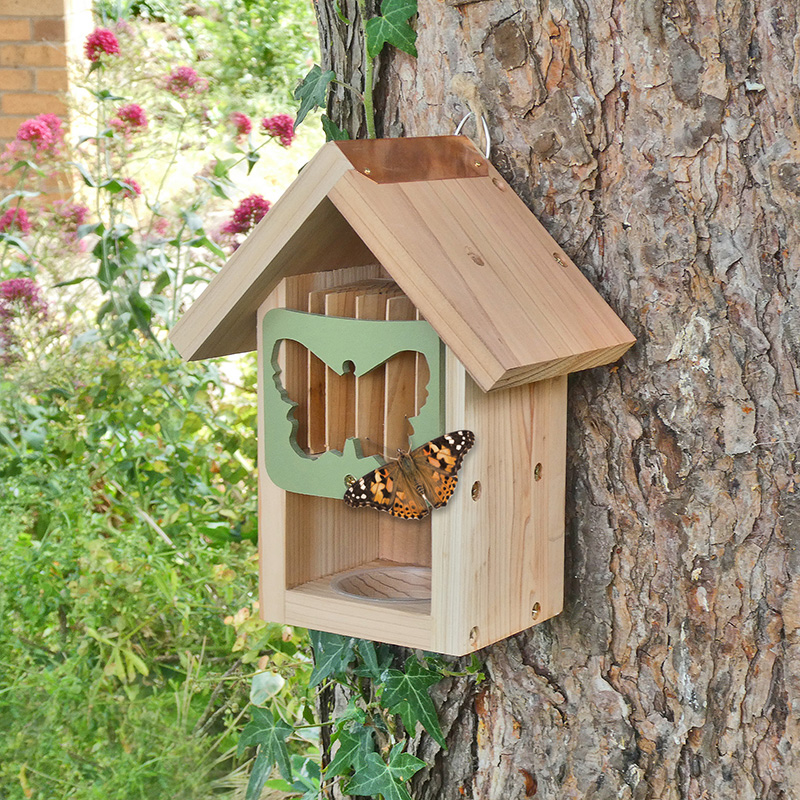The Big Butterfly Count 2022
Last week, Ivel Valley Bird Food participated in its first ever Big Butterfly Count! Launched by Butterfly Conservation and backed by Sir David Attenborough himself, the butterfly count is a nationwide citizen science survey aimed at helping the health of our environment. We stood in one of our fields for 15 minutes and took note of what beautiful butterflies were spotted. Here are our results!
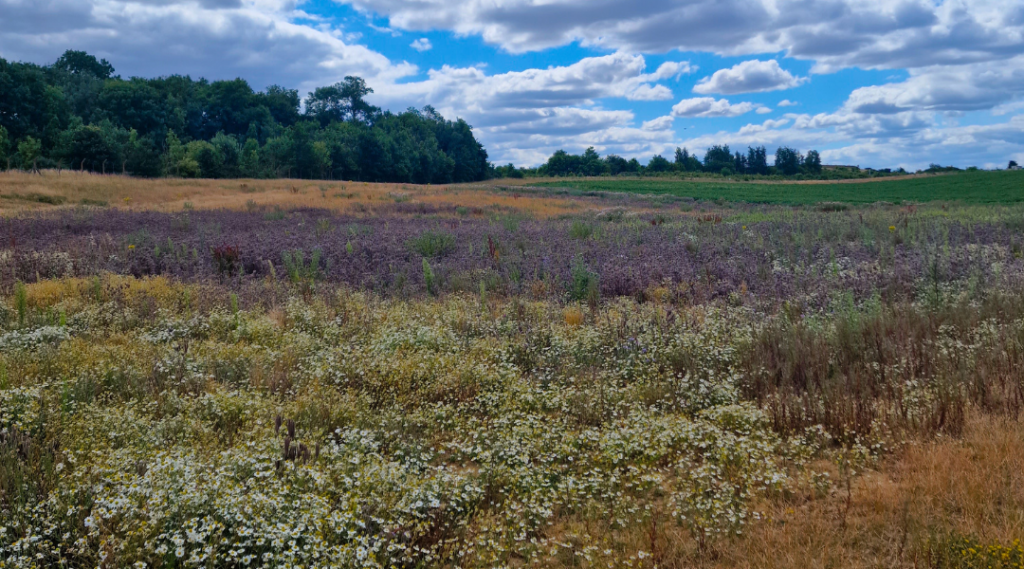
Our butterfly count location
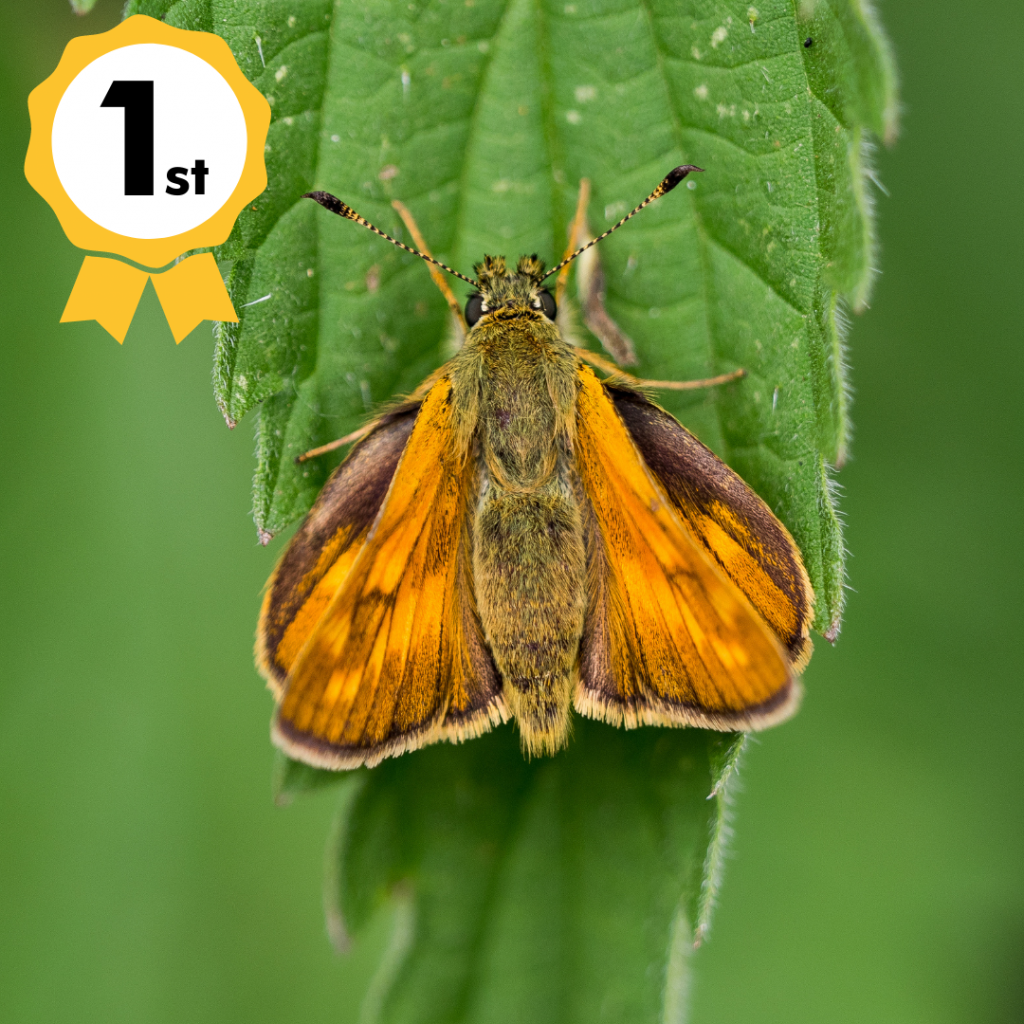
Essex Skipper
Spotted 28 times
In 1st place was the Essex Skipper! This little butterfly forms colonies that vary from a small number of individuals to several thousand. So it's no surprise it won our crown!
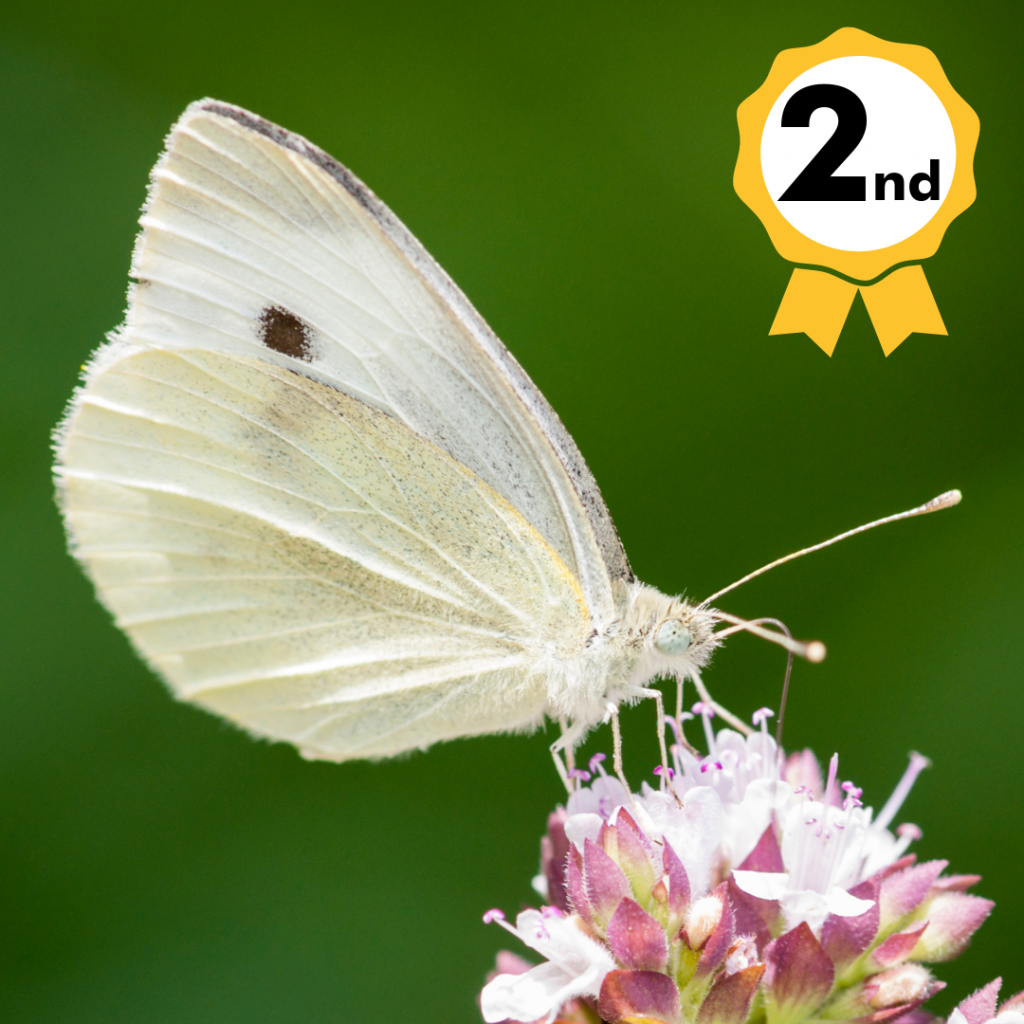
Large White
Spotted 12 times
In second place was the Large White a.k.a Cabbage White. This butterfly has earned its vegetable name by becoming the bane of allotment owners. The Large White adult does not cause any damage to the cabbages. However, the larvae will destroy any in sight. Great for helping the declining butterfly population. Not so great for keen cabbage gardeners.
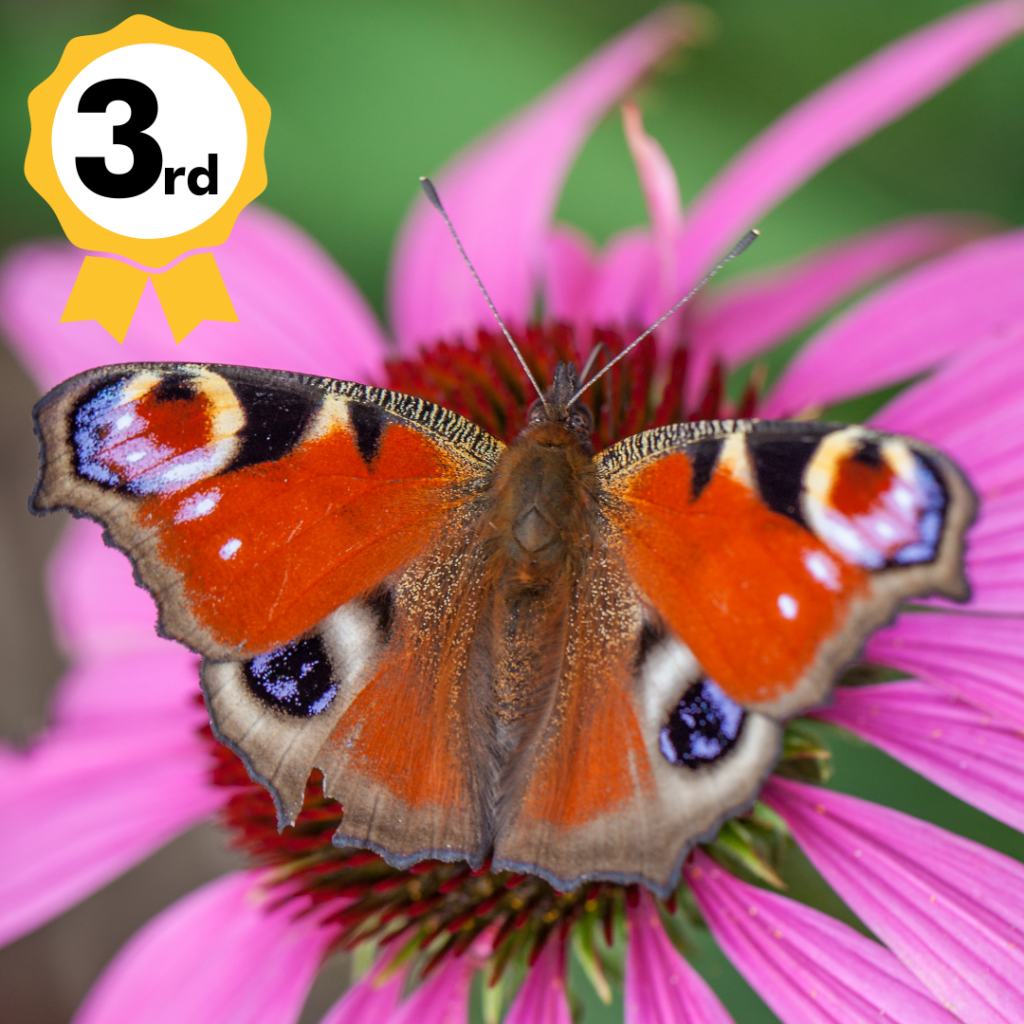
Peacock
Spotted 8 times
Third place goes to the stunning Peacock Butterfly, one of our favourites here on the farm. This species was spotted 8 times in the field and was well recognisable, thanks to the eye design on their upper wing. The eye feature works as a fantastic defence mechanism as it appears very threatening to larger species. The butterfly's body also seems like a beak, so predators like mice will become intimidated by this disguise when confronting this specie head on.
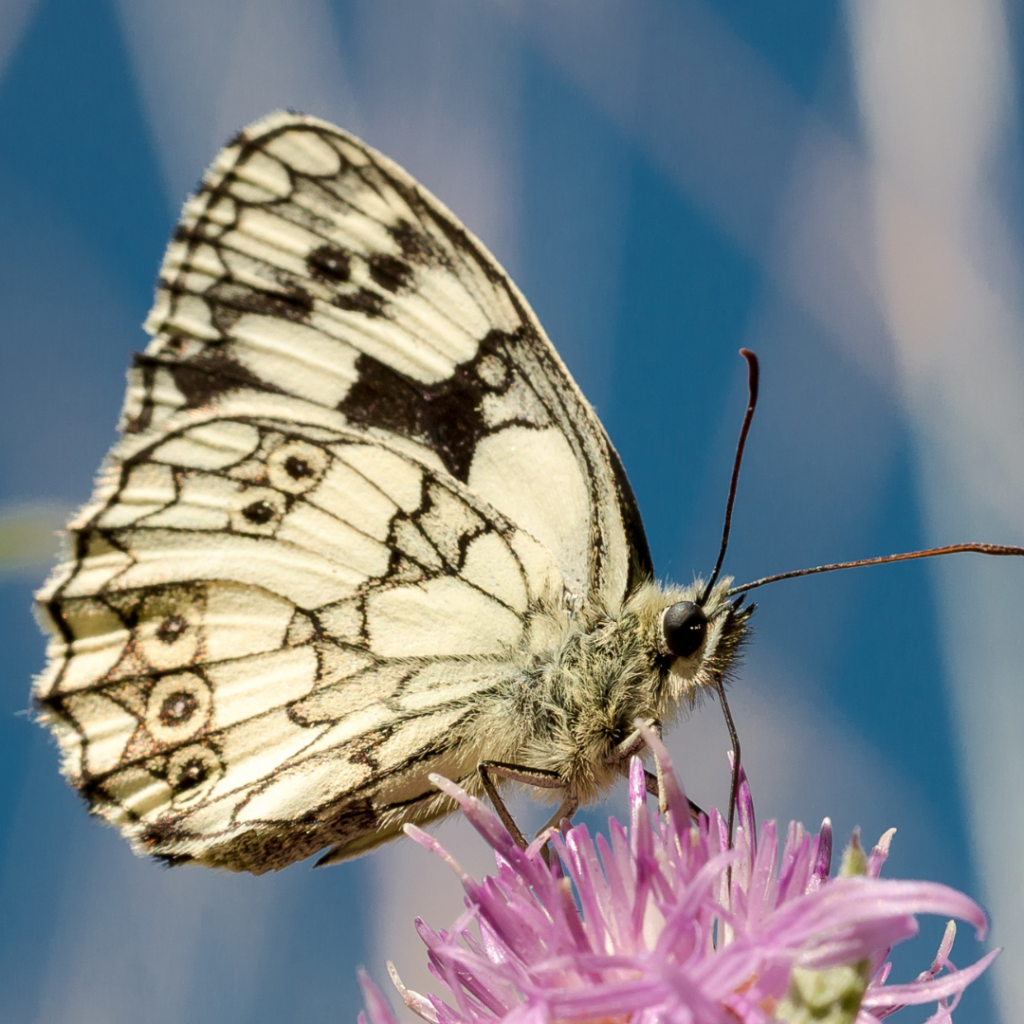
Marbled White
Spotted 2 times
The Marbled White butterfly was spotted twice in the field, and they were easy to spot thanks to their marble texture wings. This species loves to be in areas of unimproved grassland, and our pollinator-friendly fields are perfect for them.
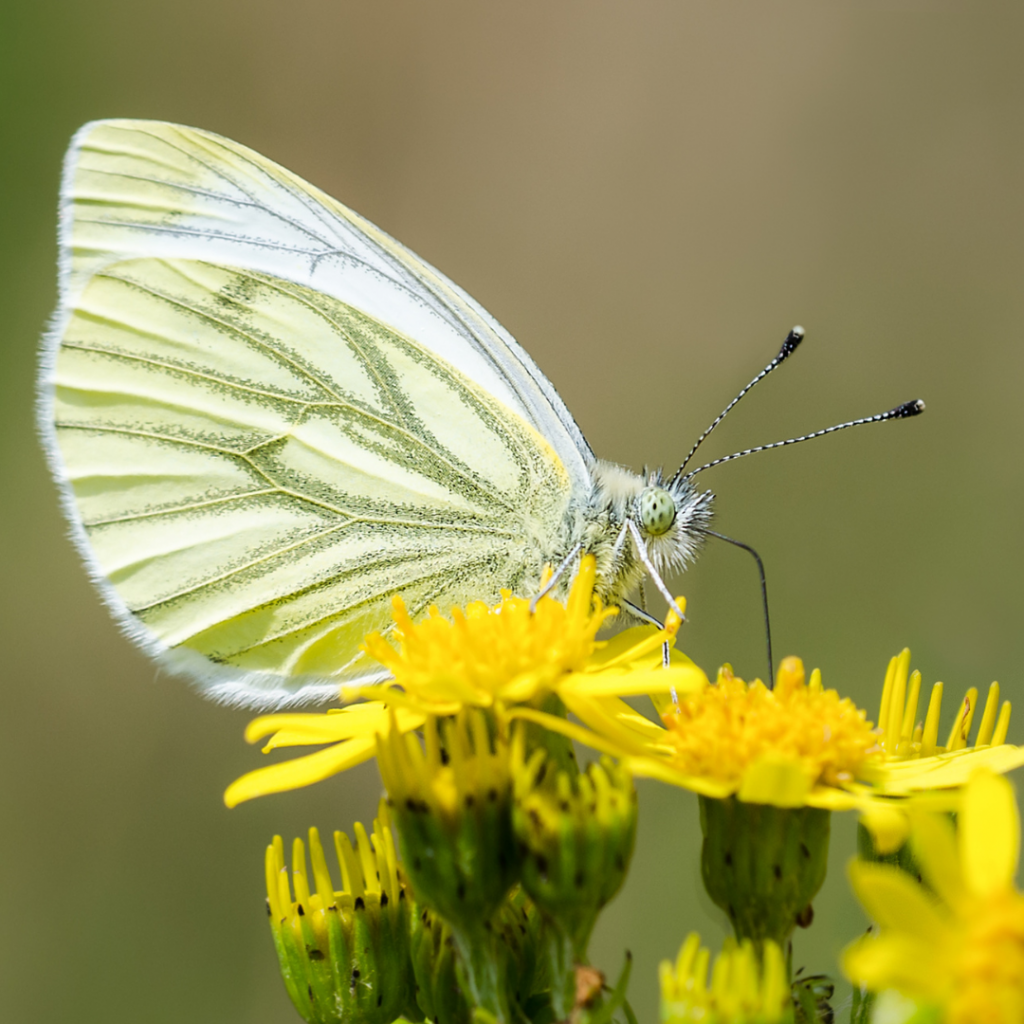
Green Veined White
Spotted 1 time
This butterfly was spotted just once in the 15 minutes. The green veins found on the underside of the adults are an illusion. It's actually a subtle combination of yellow and black scales.
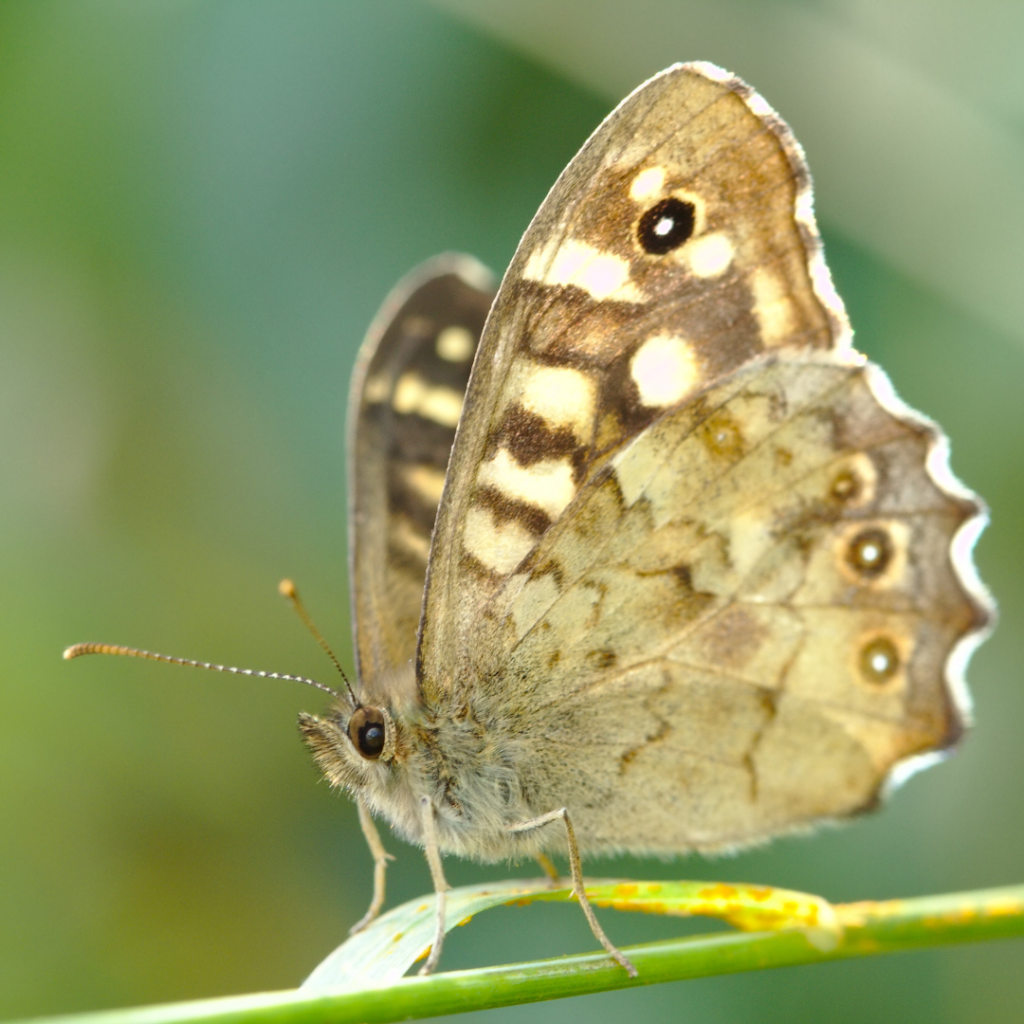
Speckled Wood
Spotted 1 time
The Spotted Wood Butterfly was only spotted once in the field. Did you know in some cultures, a brown butterfly entering the house is considered a bad omen? Folklore around the world also believes that brown butterflies are messengers from the underworld.
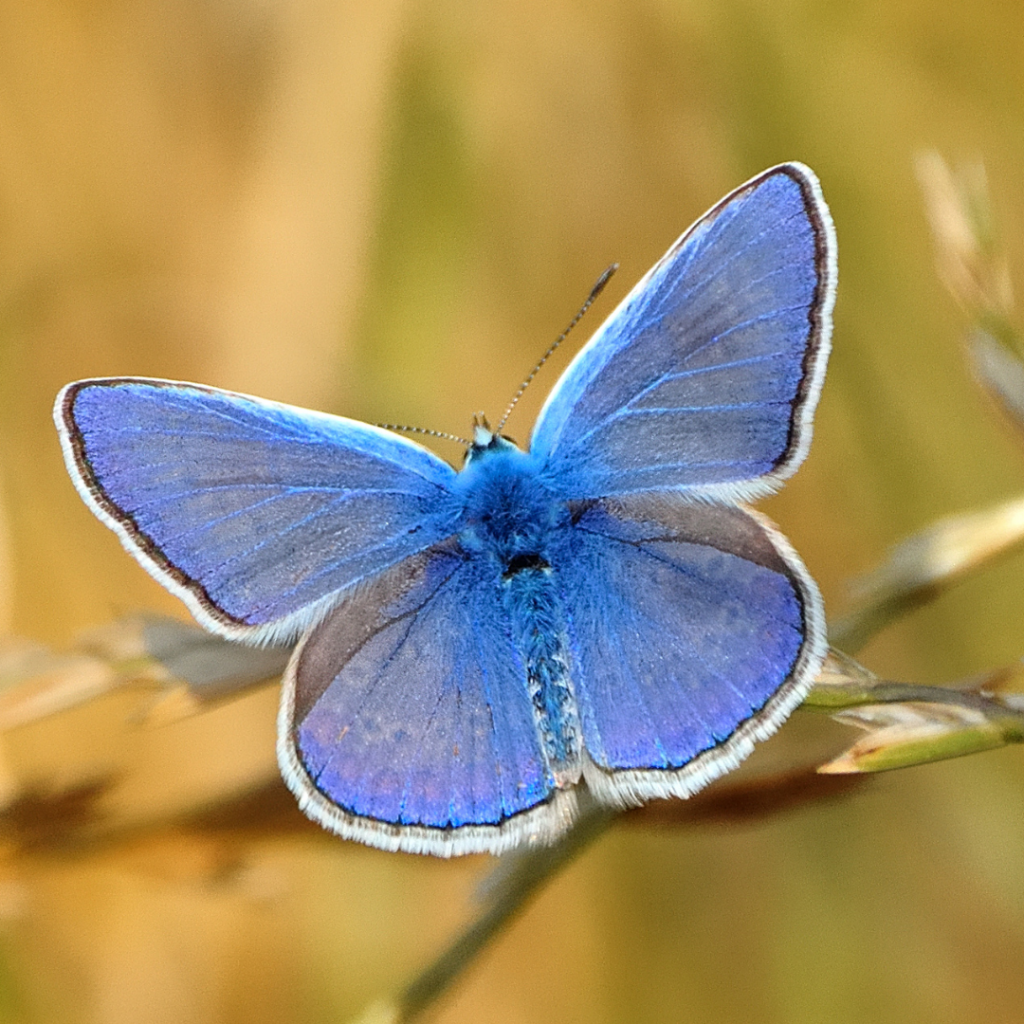
Common Blue
Spotted 1 time
Though common in almost parts of the UK (apart from the Shetland islands) we only saw the Common Blue Butterfly once in our fields.
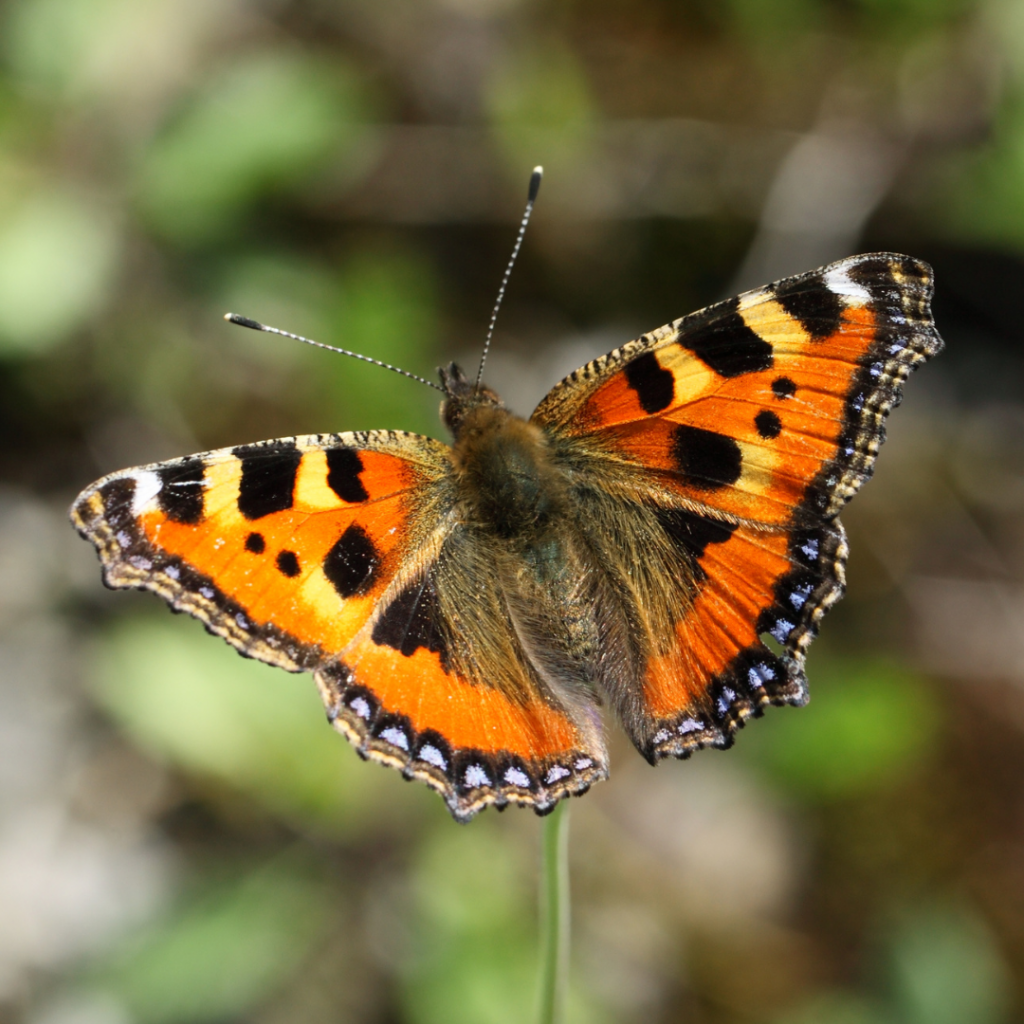
Small Tortoiseshell
Spotted 1 time
One of our most-familiar butterflies, the Small Tortoiseshell can be spotted in all UK gardens. Sadly, this butterfly has suffered a huge decline in the last few years, which may be why we only saw this butterfly once in the 15 minutes.
Why count butterflies?
Butterflies play a significant role in our ecosystem. Just as helpful as they are beautiful, butterflies are valuable pollinators and an essential component in the food chain. Unfortunately, butterflies are under threat as 72% of species have declined in population over the last 10 years.
It's not only butterflies we need to worry about. A decrease in the population indicates that the whole ecosystem is suffering as well. Butterflies work as key biodiversity indicators for scientists as they react very quickly to changes in their environment. So if their population is declining, we are in trouble. Tracking the number of butterflies is crucial in the fight to conserve our natural world.
At Ivel Valley Bird Food, we have designated fields to grow flowers rich in nectar with the sole purpose of helping our local pollinators. Tracking the butterflies on the farm will help us know whether or not our wildlife fields are working and if we are attracting more pollinators each year.
What is The Big Butterfly Count?
Launched in 2010, The Big Butterfly Count has quickly become the world's biggest survey of butterflies. The Butterfly Conservation invite people to spend 15 minutes outside, track how many butterflies they see, and note what species they are. In 2021, over 107,000 people took part in the UK, submitting 152,039 counts of butterflies and day-flying moths they saw.
When is The Big Butterfly Count?
The Big Butterfly Count takes place every year, during a weekend in July. This is the best time to do it because most butterflies have reached the adult stage of their lifecycle, so they are more likely to be seen. Click here to learn which weekend will be selected for the next Butterfly Count.
How to take part in The Big Butterfly Count?
Participating in The Big Butterfly Count is easy, and everyone's invited! All you need to do is go stand outside for 15 minutes in a leafy place (it can be your garden, park, school grounds, fields, or forests) and take note of what butterfly species you see and how many are there. It's best to do this at the warmest/sunniest time of day when butterflies like to be out most. You can download a butterfly chart here to help identify what species you see. Once you have completed your count, send your results to the Butterfly Conservation by clicking here.
How can I help butterflies in the garden?
Your garden is the perfect place to start up a butterfly/pollinator sanctuary. Simply plant some nectar-rich flowers and place an insect house for pollinators to retreat for safety. By helping butterflies, you support the planet and protect yourself from the dangers of climate change.

